This French brand, founded by "Coco", offered women sophisticated, comfortable clothing that freed them from corsets and elaborate Victorian styles. They also revolutionized accessories with iconic handbags and fragrances.
Chanel. What problem did Chanel solve for women, or what cool opportunity did they find in luxury fashion?
This brand started as a small skateboard shop in New York. They saw a chance to make cool clothes that totally fit the rebellious, artistic vibe of skate culture and young people, becoming a global streetwear giant.
Supreme. What unique opportunity did Supreme find by focusing on skate and youth culture?
During the Gold Rush, miners needed super tough pants that wouldn't fall apart. This company made strong denim jeans with rivets, solving the problem of flimsy clothes for hard-working people.
Levi Strauss & Co. What practical problem did Levi Strauss & Co. solve for workers needing durable clothes?
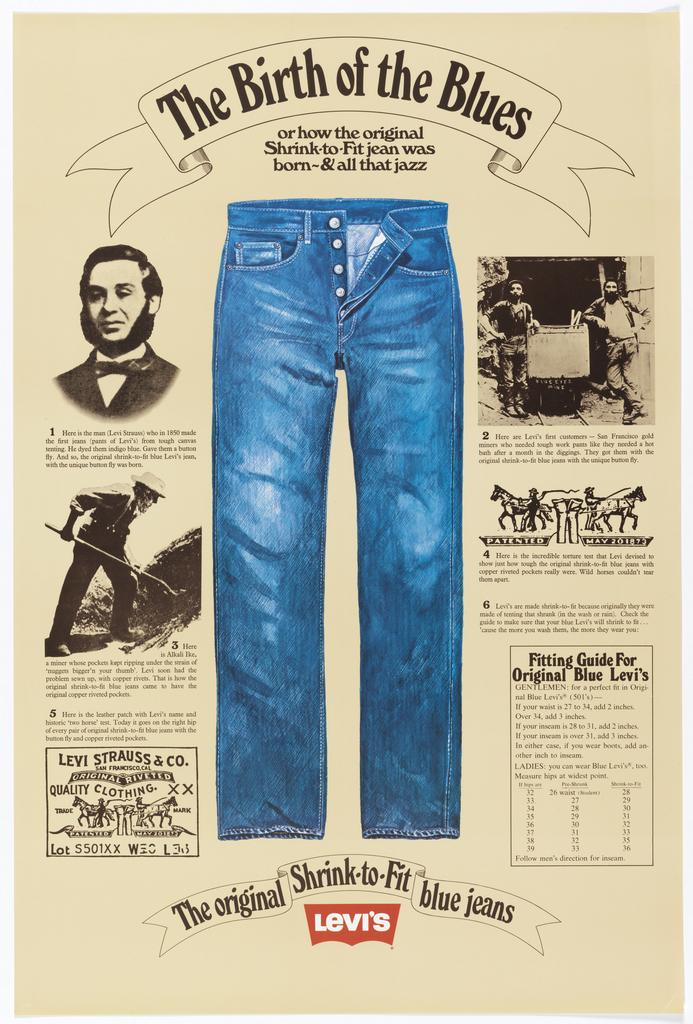
This huge Japanese clothing store, famous for its quality basics, started making many of its core items (like t-shirts and hoodies) so they could be worn comfortably and stylishly by anyone, regardless of their gender.
UNIQLO. What opportunity did UNIQLO find to make everyday clothes more welcoming and stylish for all genders?
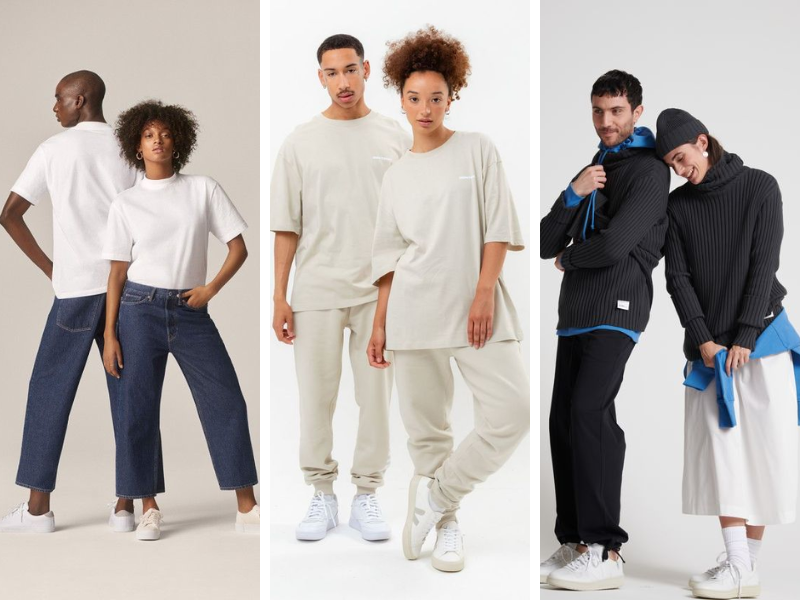
You've probably seen their super energetic, colorful TV ads, often with celebrities and catchy songs! This brand made it their mission to offer trendy, durable, and super affordable clothing for the whole family, from famous flip-flops to everyday jeans, making fashion accessible to tons of people.
Old Navy. What need did Old Navy fill by offering good quality, fun, and affordable fashion for families?
This athletic giant invented special fabrics like Dri-FIT, which wicks away sweat. This solved the problem of athletes getting uncomfortable and sweaty during sports, helping them perform better.
Nike. What performance problem did Nike's high-tech fabrics like Dri-FIT solve for athletes?
These online-first brands took fast fashion to the extreme, using algorithms to spot trends instantly and flooding their websites with thousands of super cheap new styles every day. They made buying trendy clothes as easy and fast as scrolling on your phone.
Shein & Fashion Nova. What opportunity did online fast fashion brands like Shein and Fashion Nova find by making trends instantly available and incredibly cheap?

This brand started out making fancy suitcases and travel gear. They saw a chance to turn everyday bags into super expensive, artistic items with their iconic pattern, showing off who had a lot of money and style.
Louis Vuitton. What opportunity did Louis Vuitton find to make travel items into huge luxury statements?

In the 90s, four friends noticed there wasn't much mainstream fashion that truly spoke to hip-hop culture. So, they created clothes "For Us By Us," giving urban youth a brand that truly represented them.
FUBU. What problem did FUBU solve by creating fashion for the hip-hop community?

While Levi's was all about toughness, this brand took denim and made it super fashionable in the 70s and 80s. They made jeans cool for everyday wear, turning them into a designer item with iconic ads.
Calvin Klein. What opportunity did Calvin Klein see to turn basic denim into a high-fashion statement?
This New York brand, led by Telfar Clemens, directly challenged the idea that clothes should be "for boys" or "for girls." They created super stylish bags and clothes meant for "everyone," no matter their gender.
Telfar. What problem did Telfar try to fix in the fashion world by making "unisex" clothing and accessories?
This brand became popular by offering classic, well-made clothes with a touch of sophistication - think "preppy" clothes like stylish knit sweaters, button-down shirts, and khakis - that looked expensive and polished but were actually pretty affordable. They appealed to shoppers who wanted good quality and timeless style without the super high price tag.
J.Crew. What opportunity did J.Crew see in the everyday clothing market to offer quality and classic style without being too expensive?
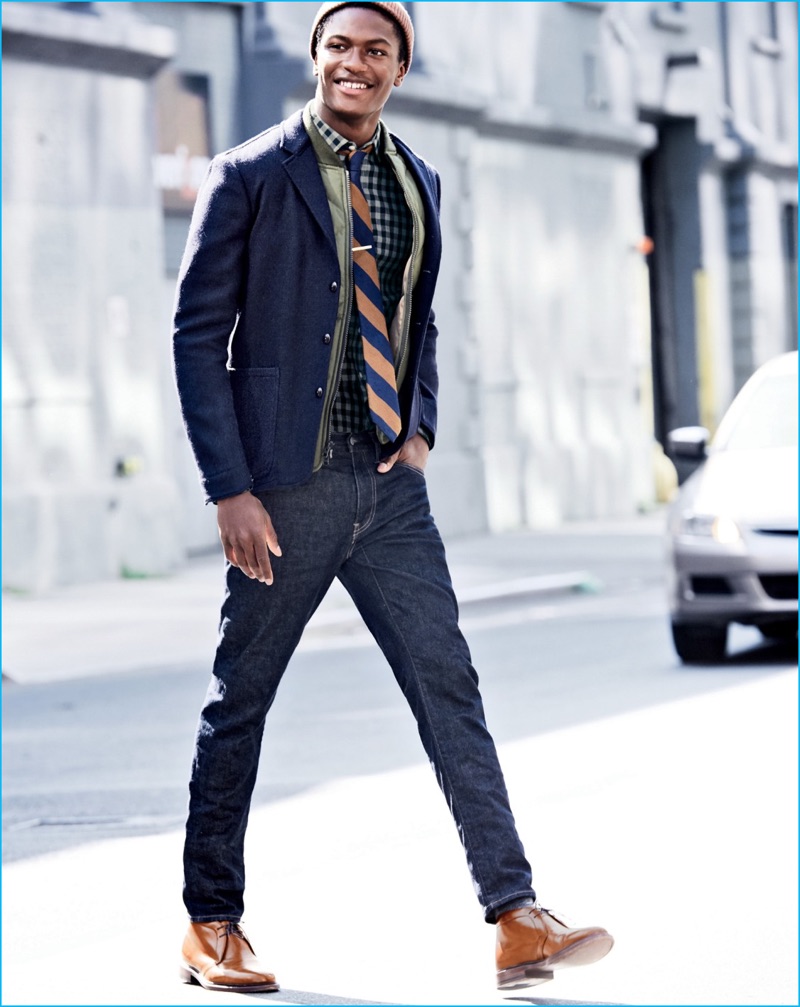
This famous brand, known for its comfy and trendy sneakers, changed shoe design with its super bouncy "Boost" cushioning. This made shoes way more comfortable and gave runners extra energy with every step.
Adidas. What cool invention did Adidas bring to shoes to make them way more comfortable and high-performing?
This brand became famous for quickly cranking out trendy, affordable clothes that mimicked runway styles, allowing shoppers to keep up with the latest looks without spending much, especially popular in malls.
Forever 21. What consumer demand did Forever 21 aim to satisfy by quickly producing trendy, low-cost clothing?

Both Chanel and Louis Vuitton made people feel special and part of an exclusive club. Their high prices and limited-edition items made owning their stuff a huge deal and a sign of status.
What kind of deeper desire for status symbols did luxury brands like Chanel and Louis Vuitton tap into for their customers?
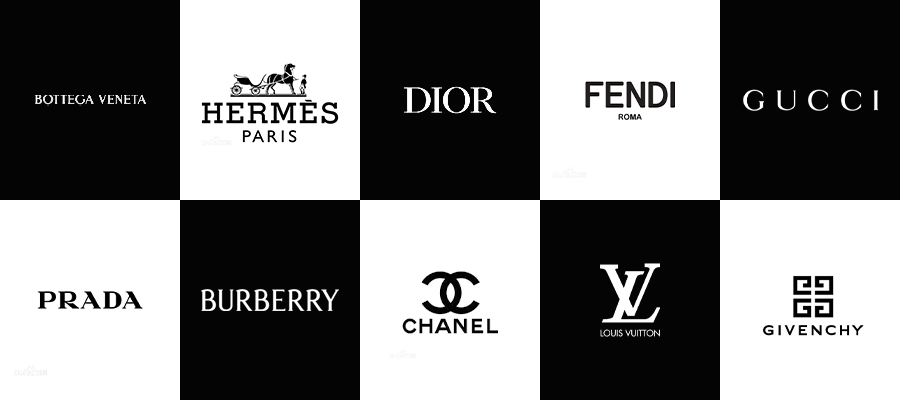
Brands like FUBU and Supreme understood that clothes aren't just fabric; they're a powerful way to show who you are, where you belong, and what culture you're part of, especially for specific groups of friends.
FUBU. What deeper need for identity or belonging did street fashion brands like FUBU and Supreme connect with?
DC street fashion and GoGo music
https://www.dclibrary.org/news/passion-fashion-dcs-unique-style
The evolution of denim from functional workwear to a fashion staple demonstrates how a brand can adapt and innovate to meet changing consumer needs and desires for comfort, style, and self-expression.
What broader trend in consumer preferences did both Levi's (over time) and Calvin Klein address with denim?

The success of both Telfar and brands like UNIQLO proves that more and more people want clothes that aren't stuck in old gender rules. They want to express their own unique style, feel comfy, and wear what they like.
What changing consumer demands did brands like Telfar and UNIQLO tap into with their gender-inclusive fashion?
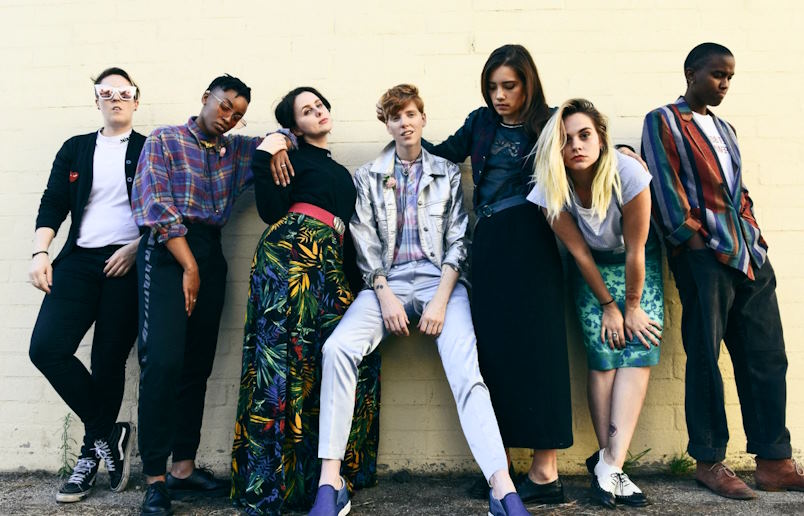
Both J.Crew and Old Navy show how fashion companies can be super successful by mixing good quality and cool styles with prices that fit different budgets in the mass market. They proved you don't need to be super rich to dress well.
What problem about affordability and access to good fashion did J.Crew and Old Navy solve for regular shoppers?
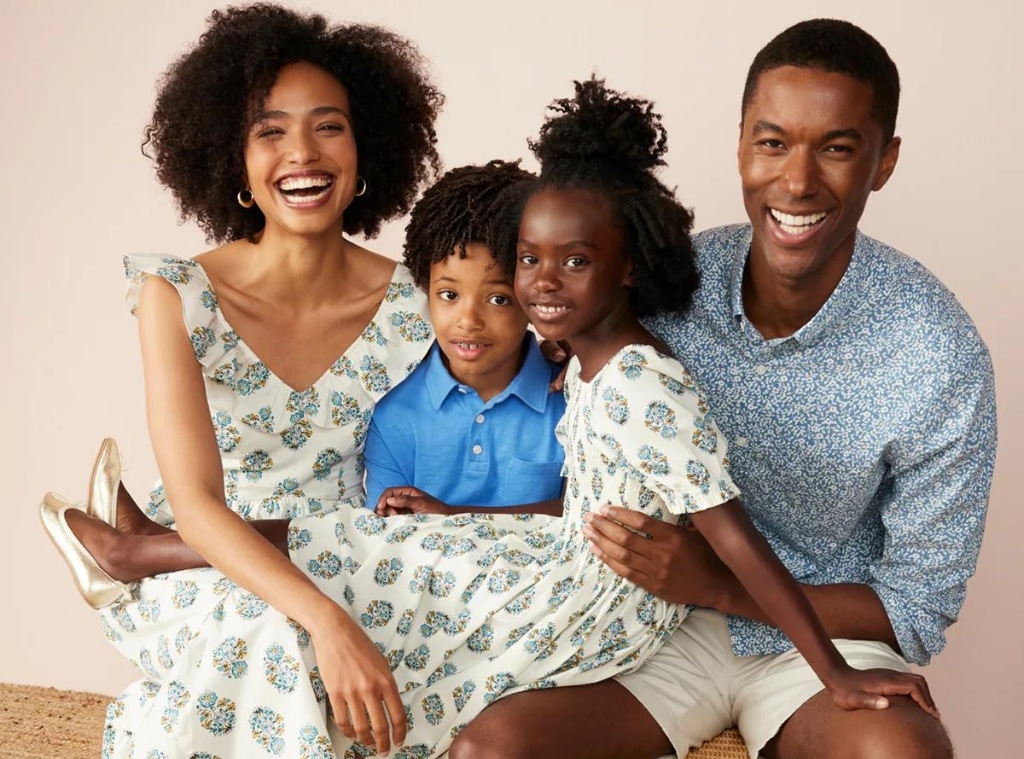
Both Nike and Adidas show how constantly investing in new materials and design can give a company a huge advantage. They solve specific problems for users and make wearing sportswear a much better experience thanks to technology.
What new opportunity did brands like Nike and Adidas find by using cutting-edge technology in clothes and shoes?

The success of these ultra-fast fashion companies, despite concerns about how they produce clothes, shows a huge market for giving people instant new things and constant fashion updates. They prioritize speed and novelty, often without thinking about the impact on the planet or workers.
What fast-growing consumer demand for endless newness and instant trends did fast fashion brands capitalize on?
